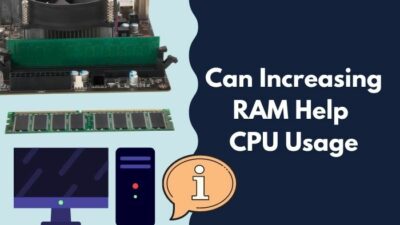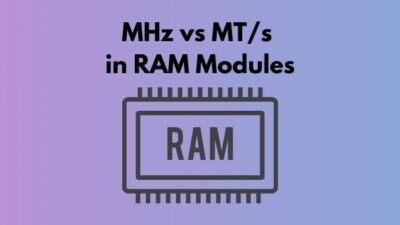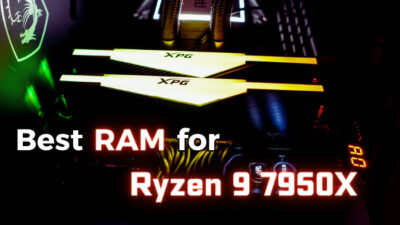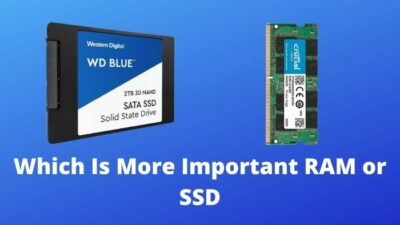You needed a RAM upgrade and ran out to a store to buy one. But now you are confused if the RAM stick you want to but will work with your computer or not.
Don’t be shy. As a new gamer, I also had a similar dilemma in the early days. The question here is,
Are all RAM sticks compatible?
Now there is more to know and understand about RAM and its useability. Stay tuned if you want to learn more important stuff about RAM!
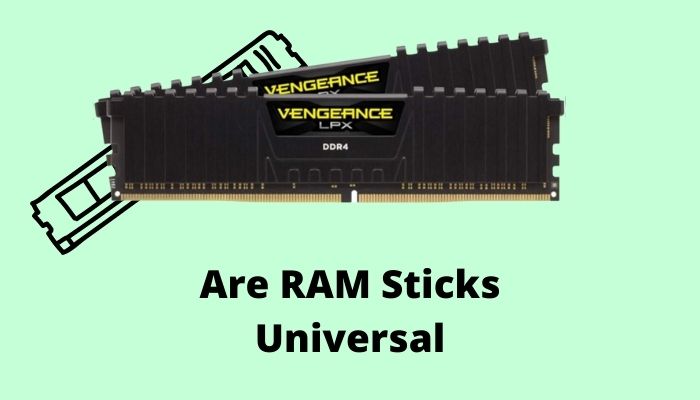
Is RAM Compatible With Any Motherboard?
Every motherboard does not support all the RAM out there as they have various limitations, starting from memory module size to Double Data Rate (DDR) form factors. Even DIMM slots are important in this aspect, where you mount the RAM sticks. Supporting dual-channel memory matters, too, as it gives a performance boost.
For example, your motherboard memory module supports up to 8GB of RAM, but you have installed 16GB of RAM. The system may not be able to read the bigger RAM. Consequently, your motherboard or processor will not be able to utilize the faster memory speed provided by the bigger RAM.

In doing so, the motherboard modules are clocked at the highest speed that they can accommodate. Assume your motherboard and CPU support memory up to 1333MHz, and you are using 1600MHz RAM, then your PC will run at up to 1333MHz.
Likewise, if a motherboard supports DDR3 RAM, installing DDR4 RAM will not work. Because hardware and software standards are incompatible since they use different clocking technologies. So this sums up that if your motherboard is specified to run on DDR3 RAM, then any other RAM will not run in your motherboard.
Check out the easiest way to overclock DDR4 RAM.
Note: Laptops and Desktops use different types of RAM.
What RAM is Compatible With My Motherboard?
Your motherboard determines the RAM capacity as it has limited dual in-line memory module slots (DIMM slots). Frequency handling capability is also associated with it. Another important factor you have to check is which DDR version your motherboard supports.
Computer RAM modules are standardized by DDR form factor, and most motherboards support only one. It depends on how old your motherboard is. I’m including some common varieties here:
- DDR2 SDRAM ( Double Data Rate second-generation Synchronous Dynamic Random-Acess Memory) – Found only in the old legacy computers built between 2003 and 2007.
- DDR3 SDRAM – This is found in computers made from 2007 to 2015.
- DDR4 SDRAM – This is the current generation of RAM used in PCs from 2015 and later.
- Late in 2021, DDR5 SDRAM will hit the market with various performance improvements over its previous generations. It will be bringing changes in intense video editing and encoding, scientific computing, and computer-aided design.
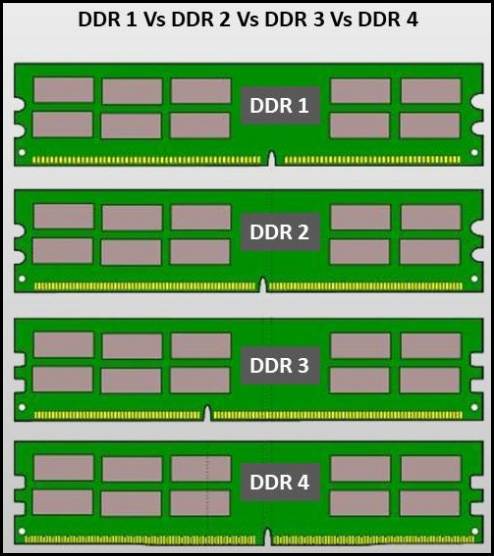
Depending on the speed or frequency (MHz) of your memory, there are some varieties in RAM, such as 1600 MHz, 3200 MHz, 3600 MHz, etc.
You can use any speed of RAM as long as it supports the DDR version of your motherboard.
Can I use 3600MHz RAM In 3200MHz Motherboard?
Yes, you can use 3600MHz RAM in a 3200MHz motherboard, but it will be foolish. If you are thinking of buying a higher-speed memory that is not supported by your motherboard, it will be a waste of your money as your motherboard will not be able to utilize that extra speed the RAM is providing. If someone gifted you, then it can’t be helped.
For example, a 3600MHz memory stick will work with 3200MHz RAM or less. Meaning higher speed RAM will run just fine in lower-speed motherboards. But you can utilize the RAM’s full potential by overclocking your motherboard, and it will make use of your full 3600MHz capability.
If everything goes wrong, the maximum that will happen is your computer may not boot at all.
Check out our expert’s recommended best Corsair RAM.
Can I Mix And Match RAM?
Nowadays, most laptops and computers come with at least two RAM slots, and many motherboards even come with four if you look for them. If you want to game or work intensively on your computer, those extra slots come in handy.
You might be thinking, Can I use mixed RAM brands or sizes of sticks?
Yes, you can mix RAM sticks and sizes and even mix and use different RAM speeds. However, mixing sizes and frequencies is not suitable for performance.
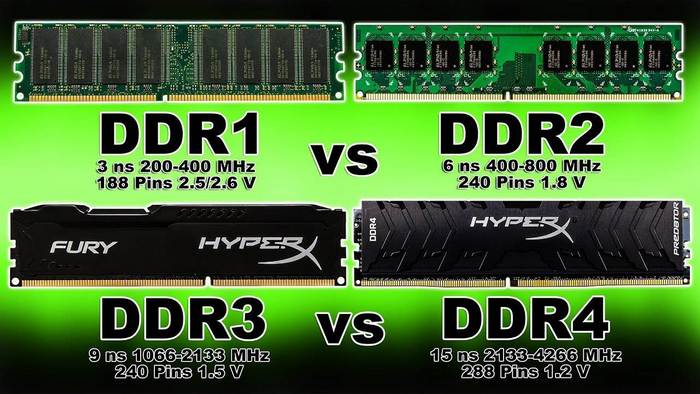
To get the optimal performance out of the RAM, you have to use RAM from the same manufacturer, size, frequency, and CAS Latency (CL). Mixing RAM sizes and frequency is not best for getting the most out of your RAM, as RAM has multiple components that work together to perform as intended.
RAM works best when paired with the same hardware. To use the RAM to its full potential is by giving the RAM sticks the same voltage as the motherboard and using the same hardware ensures it. So it is best to use the same RAM model across all slots.
Can I Use 4GB And 8GB RAM Together?
So you might think that you can not use different size RAM sticks together, but that is not the fact. Yes, you have the privilege to use 4GB and 8GB RAM together.
Assume you have 8GB RAM in one slot, and later on, you bought a 16GB one and put that in another slot. When the dual-channel mode is on, it will run as two 8 RAM sticks running side by side in optimal performance.
The remaining 8GB will work as a single-channel stick. This is not as good as working in dual channel mode, but it’s better and faster than having just one 8GB stick.
The same goes for RAM speed or frequency. If two RAM sticks have a lower frequency than the other, your system will run those two RAMs on the lower frequency cutting out the extra speed.
Quick Tip: Using RAM sticks from the same manufacturer isn’t necessary, but it’s better if you do.
Do All RAM Have the Same Size?
Let’s be straightforward. No, all RAMs do not have the same size or form factor. Not only can they be of different memory sizes, but you can see that according to their DDR versions, their teeth size also varies from one generation to another.
You can have the same memory-sized RAM, say for 8GB but of different DDR generations. Then you will notice that the notch in their teeth is at different places. DDR2 RAM has a notch slightly lower from the middle point, DDR3 RAM has the furthest notch from the center, and DDR4 has an even more slightly further notch than DDR2.
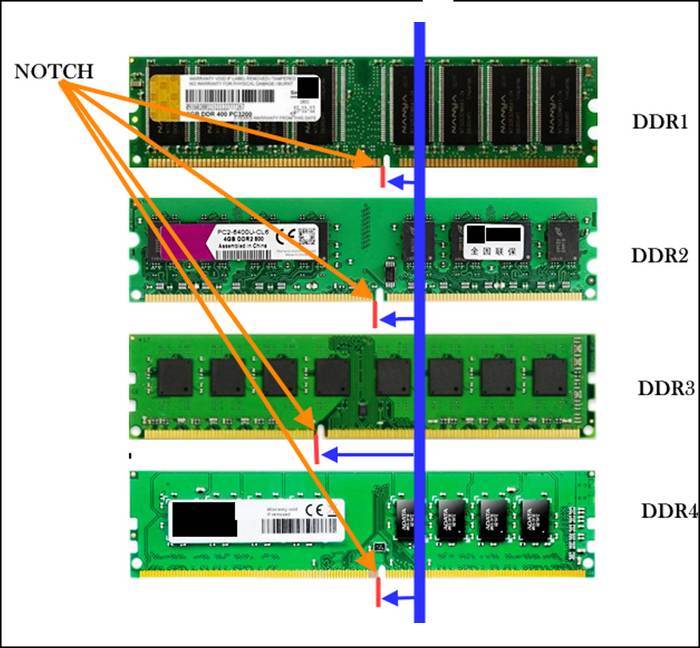
So you can understand very well that you cannot use one generation’s RAM in another generation’s motherboard. Unless the motherboard offers dual DDR generation capability. Remember that these motherboards cannot simultaneously use two DDR generations of RAM. If one generation’s slot is being used, then the other generation’s slot will not be working at the same time.
Conclusion
Hope this article has provided you with all the information you need. If you have other queries, just let us know, and we will be more than happy to help you out!

